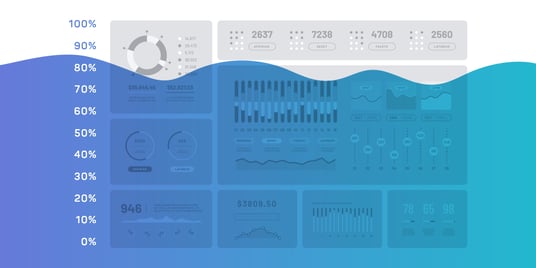QE teams that expand test coverage frequently report increased collaboration with developers, fewer bugs in production, and higher customer satisfaction. However, while test coverage directly impacts ROI, determining adequate coverage for a feature or application can be challenging. Test coverage only indicates what needs to be tested and what has already been tested; it does not provide information about test quality.
Figures like 80% or 100% coverage may appear impressive, but upon closer inspection, the numbers are deceptive. To have a quantifiable impact, merely knowing how much of an application has been covered isn't enough since test coverage must reflect the needs of the user, your customer. Here are a few ways your team can create impactful test coverage strategies:
Align Testing and Functionality
In an ideal world, QE teams would have significant budgets and ample time to test as much as possible. However, in the real world, where the pressure to increase product velocity is constant, time and resources are limited. To achieve the highest level of test coverage possible, teams must learn to innovate and collaborate in order to deliver high-quality products with seamless user experiences. Understanding customer journeys for an application or feature and matching them to an appropriate test suite is critical. For example, test coverage metrics for an ecommerce company are vastly different from those for a banking or healthcare institution. While one strategy may require more GUI-based test coverage, the other may require more instrumentation-based coverage. Therefore, knowing what testing methods best reflect true quality for your product and your users is essential to determining good test coverage.
Choose Data-Informed Coverage
Bugs aren’t tolerated by users. According to PWC, 75% of customers believe UX to be critical when making a decision, and 32% will abandon a brand after a single negative experience. To ensure a quality user experience, QE teams must be well-versed in the browsers, devices, operating systems, and testing environments being covered. Harnessing data that already exists in the enterprise, such as customer data captured by tools like Segment, helps QE teams align their test coverage with actual user journeys for efficient testing.
Based on these findings, testers can modify existing test suites or create new tests. Most quality engineering teams find that balancing manual and automated tests is critical to ensure maximum coverage while also fostering innovation and collaboration within the entire software development organization. A hybrid approach only allows test suites to achieve maximum coverage that suits the product and the customer for a delightful (bug-free) user experience.
Leverage Test Automation
Test automation platforms help testing teams beyond the binary pass or fail. As tests run repeatedly at any given time of the day or night, QA teams can use the gained time to focus efforts on creatively testing more complex scenarios or engaging in exploratory testing. When software testers have more flexibility in the volume and variety of tests that can be performed within a shorter development cycle, they’re better able to adapt test coverage to fit the needs of the end user. Modern test automation solutions also provide a wide range of integrations with popular DevOps and data management tools so that testing can be tracked, managed, and improved continuously across the software development lifecycle. This makes it easier for QE teams to adopt data-driven testing that meets their test coverage goals.
To learn more about how mabl can help your team achieve the right test coverage, sign-up for a free two week trial of mabl, today.





